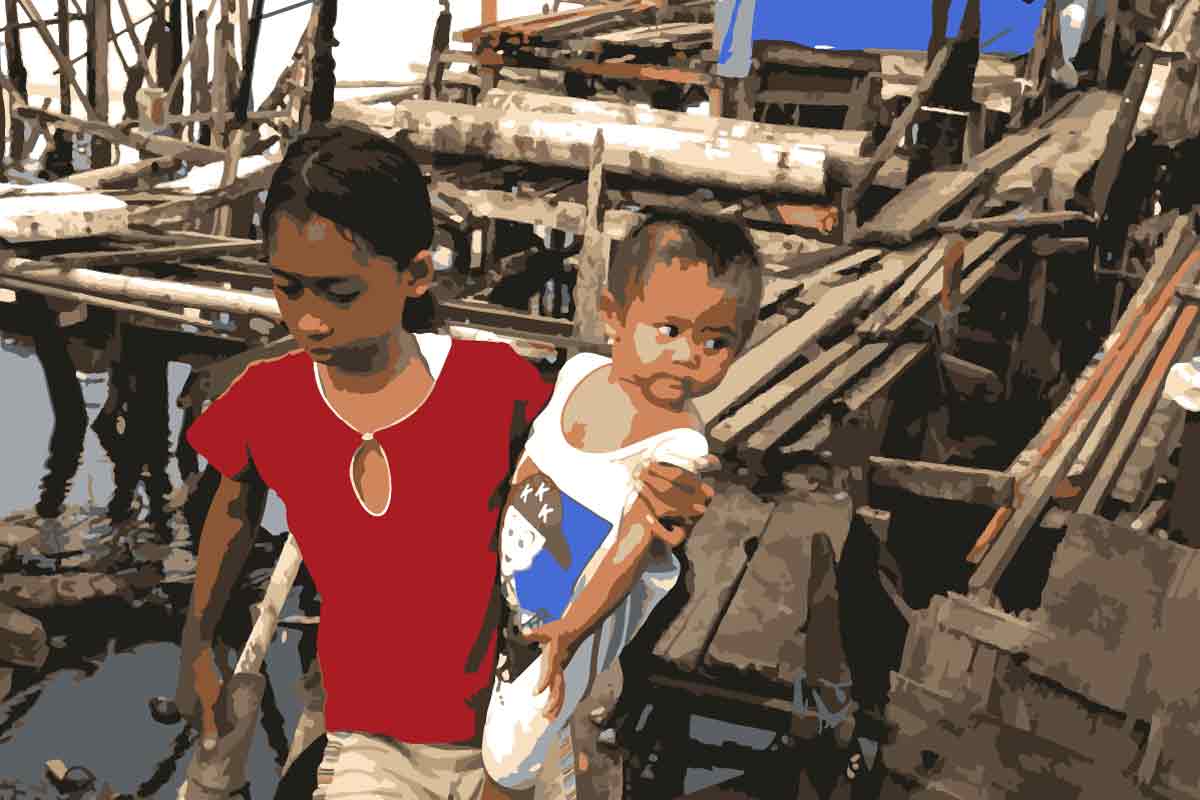From infrastructure damage caused by extreme weather events to drought-induced food insecurity, there are many climate risks for which the world should urgently be preparing. But one of the areas where climate change poses arguably the most significant risk is barely being discussed: human health.
When natural disasters strike, the death toll from floods, famines, or building collapses is often just the beginning; the sickness and disease that follow sometimes do far more damage. As global temperatures and sea levels continue to rise, so, too, does the frequency and intensity of natural disasters and, with them, the risk of deadly epidemics and endemic disease outbreaks.
That risk was underscored recently in Mozambique, where Cyclone Idai, which struck in March, has led to a cholera epidemic, with more than 6,700 suspected cases reported so far. As for oft-ignored endemic disease risks, a year after floods devastated Pakistan in 2010, there were 37 million reported cases of malaria, diarrhoea, and acute respiratory and skin infections. Similarly, in the Solomon Islands, flooding in the capital caused by a 2014 tropical storm led to an outbreak of diarrheal disease, which spread to five districts that had not been affected by the flooding.
A resilient primary health-care system is the best defence against such devastation. Yet it occupies little space on the climate agenda. This is a serious shortcoming, because health systems tend to be particularly vulnerable to environmental shocks, whether climate-related or otherwise. According to a recent World Health Organization (WHO) study, 84 percent of 94 countries assessed are not prepared to detect and respond to a disease outbreak.
Beyond compromising immediate disaster response, failure to build resilience into health-care systems undermines the long-term delivery of basic health interventions, exacerbating the vulnerability of the system – and of the population it serves. In many cases, those who are likely to suffer the most severe consequences of climate change – such as the poor – have the least access to reliable and effective primary health care, including even the most basic services.
As climate change continues, the consequences of such weaknesses will worsen. And they will be compounded by other global trends, beginning with urbanisation.
By 2050, two-thirds of the world’s population is expected to be living in urban areas – 2.5 billion more people than today. Such rapid urbanisation – partly driven by factors like poverty, conflict, and, indeed, climate change – will aggravate the risk of both epidemics and endemic disease. Higher population density facilitates contagion, while increased pollution and pressure on public sanitation can lead to respiratory disease (such as pneumonia) and diarrheal disease (like rotavirus and cholera).
It is not just poor countries that need to worry. In the coming decades, rising temperatures are expected to accelerate the return of disease vectors, such as the Aedes aegypti mosquito, to parts of Europe and North America, and even cause them to spread to new regions as far north as Canada. This could lead to a resurgence of yellow fever, which was once pervasive in the United States (US) and parts of Europe, and outbreaks of dengue fever and the Zika virus. Based on Intergovernmental Panel on Climate Change (IPCC) data, the combination of climate change and population growth is predicted to put an additional six billion people at risk of dengue infection by 2080.
Without effective primary health care, the response to shocks will always be reactive, costly, and inefficient. Fortunately, there is already a system in place that can facilitate the delivery of the necessary level of care.
That system is the one that has ensured that immunisation reaches more people than any other health intervention. More than 80 percent of children worldwide – including many in the world’s poorest countries and most challenging settings – now have access to routine vaccinations, which protect them against diseases like diphtheria, tetanus, and pertussis.
The immunisation system – which, to be sure, should be expanded to reach all children – can serve as a foundation on which to build primary health care. With community relationships, supply chains, trained staff, data monitoring, disease surveillance, and health records already in place, it becomes far easier to deliver other health interventions that can benefit both individuals and the wider community, such as nutritional supplements and malaria-prevention programs.
Even if the world manages to prevent the average global temperature from rising more than two degrees Celsius above pre-industrial levels, we will need to brace ourselves for a dramatic increase in climate-related health emergencies. The expansion and strengthening of primary health care is an effective – and cost-effective – means of building resilience against the challenges that await us.
Seth Berkley is CEO of Gavi, the Vaccine Alliance.
